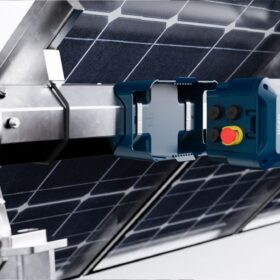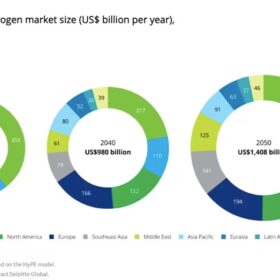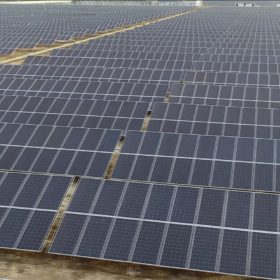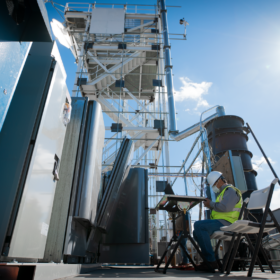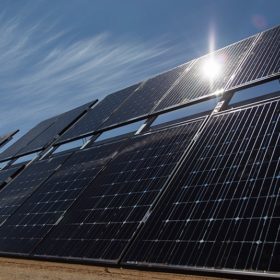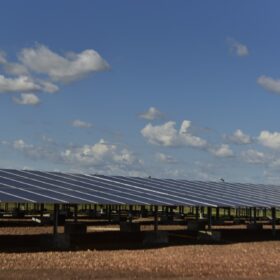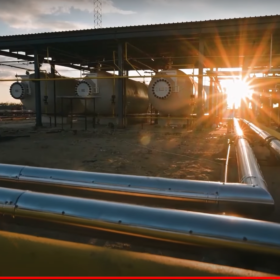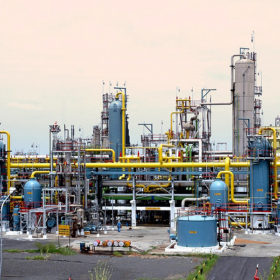L&T selects PVH solar trackers for 2.97 GWp PV plant in Saudi Arabia
PVH’s manufacturing facility in Jeddah will supply solar trackers to Larsen & Toubro for the 2.97 GWp PV project in the NEOM region of Saudi Arabia.
Hydrogen market to surpass LNG by 2030, says Deloitte
Deloitte says it expects steady hydrogen market growth, with annual revenue projected to hit $1.4 trillion by 2050, while Denmark and the Netherlands have started discussing hydrogen collaboration with the governments of Namibia, South Africa, and Morocco.
Green baseload hub to replace coal, gas generation in eastern Germany
German coal miner LEAG is planning a massive clean energy hub, comprising up to 14 GW of wind and solar energy generation paired with 2 GWh to 3 GWh of battery energy storage and 2 GW of green hydrogen production. Combined, these technologies are expected to create a net-zero baseload energy system.
Torrent Power allotted land for 3 GW of renewable energy projects in Gujarat
The integrated power utility, which targets 5 GW of renewables capacity in the next five years, has been allotted 6,000 hectares of land to develop green hydrogen and renewable energy projects in Gujarat.
SJVN to build 5 GW of renewable energy projects in Maharashtra
The state-owned hydropower producer has signed a memorandum of understanding (MoU) with the Maharashtra State Power Generation Co. (MAHAGENCO) to develop 5 GW of renewable energy projects across hydro, pumped storage, wind, solar, hybrid, and green hydrogen technologies in Maharashtra.
US green hydrogen market to grow six-fold to $1.4 trillion, said Deloitte
By 2050, the practice of using renewable energy to electrolyze water and create hydrogen fuel may reach a global market of well over $1 trillion USD.
Punjab tenders for purchase of 1.2 GW of solar power
The selected bidders will set up grid-connected solar projects anywhere in Punjab to supply the power.
Green hydrogen: A key enabler for a sustainable future
Green hydrogen holds the potential to decarbonize critical sectors and provide clean energy solutions. However, it accounts for less than 1% of global hydrogen production. Targeted interventions are required to facilitate a smooth transition toward a green hydrogen economy.
IH2A submits plan for $5 billion national green hydrogen hubs by 2030
Industry body India Hydrogen Alliance has submitted a plan to the government to build five large national green hydrogen corporations with a collective enterprise value of $5 billion by 2030. The plan shows public finance support, in the form of CAPEX and offtake incentives for National Green H2 Hubs, is crucial for creating financially viable green hydrogen infrastructure, especially in the initial 2024-30 period.
Funds may dry up for APAC oil and gas firms slow on diversification path
While more financiers are committing to limiting capital for fossil fuel, their oil and gas sector borrowers in the Asia Pacific region still adopt a wait-and-see approach to new energy.
